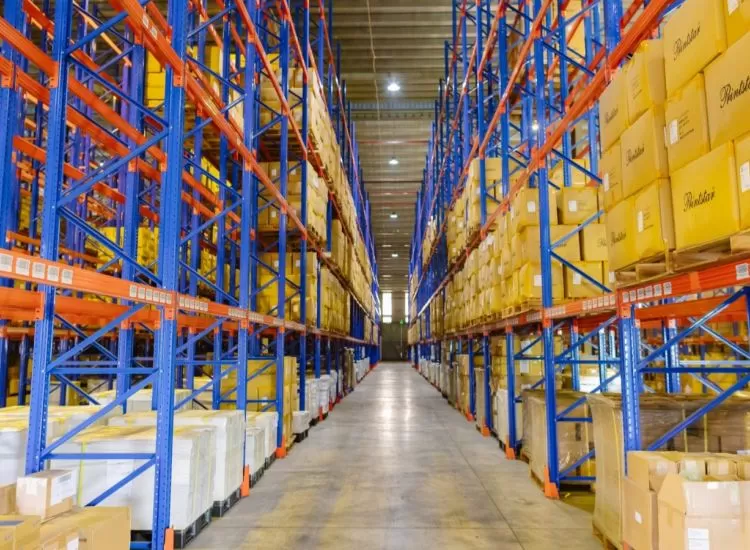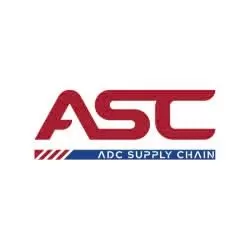US East Coast Strike Begins With ‘Chaos’ Forecast
The US East Coast strike has begun, raising concerns about severe congestion and rising freight rates in the global supply chain.
(2).webp)
Port of New York & New Jersey ( Source: Port of New York & New Jersey)
As US East Coast stevedores begin their strike, there are varying predictions about the impact on the supply chain, from higher freight rates to widespread congestion and backlogs.
Hong Kong-based consultancy Linerlytica has warned that shipping lines are not doing enough to mitigate the risk of chaos, saying the strike has thrown the container shipping market into “chaos,” with the lack of US government intervention adding to the complexity.
Carriers have been slow to react to the strike threat, only recently imposing disruption charges, announcing port bypasses or unloading at upstream ports.
“On the eve of the port strike on 29 September 2024, there were 54 container ships of 371,000 TEUs docked at ports on the East Coast with a further 90 ships of 505,000 TEUs that are scheduled to call at the East Coast in the next seven days with the build-up of ships expected to cause severe port congestion over the coming weeks,” Linerlytica said.
Linerlytica, like all other analysts, stressed that any disruption would become more severe as the strike dragged on, leading to a backlog of cargo at export ports and a longer recovery time.
This is why Peter Sand, chief analyst at Xeneta, believes the government will intervene if the strike extends into next week, “they [the government] can’t let the strike can’t go on forever,” he said.
Drewry port analyst Eleanor Hadland predicted that port preparations for the strike would limit supply chain disruptions: “Hopefully most cargo has been moved out of the ports before the strike.”
Any diversions would have occurred weeks or months in advance, according to Hadland, as evidenced by the rapid growth in cargo volumes at U.S. West Coast ports as shippers divert cargo from the East and Gulf Coasts.
“Shippers have been strategically analysing supply chains to limit the effects of the disruption,” Hadland said, adding that in addition to the U.S. West Coast alternative, there are also options in Canada and Mexico for cargo from Asia.
Furthermore, shippers are looking to store some cargo at logistics hubs in the Caribbean, ready for delivery after the strike, while fresh cargo that cannot be stored will be diverted to other markets. The problem could arise for shippers in export regions such as Brazil, where there are few alternatives for cargo.
“If it’s a short sharp strike, around a week, then a weekend’s overtime could deal with any backlog of cargo, but if the strike is prolonged then the backlogs will start to build up in export regions, such as Europe, where cargo will simply not be shipped as it has no discharge point,” Hadland explained.
Meanwhile, Vinturas CEO Alexander Style said savvy retailers have been preparing for any delays by stockpiling cargo to counter supply chain delays.
It is the threat of such delays that has Drewry expecting US East Coast freight rates to rise as a result of the strike, and Philip Damas, director at Drewry Supply Chain Advisors, said any disruption would give carriers room to raise rates.
“We believe the US East Coast/Gulf Coast port strike will contribute to higher prices for the remainder of this year, and potentially next year too, depending on the duration,” Damas said.
Dynamar consultant Darron Wadey said that even if rates do not increase, the surcharges that have already been announced will have the same impact as a rate increase.
“For example MSC has announced additional charges for a range of trade lanes with the US East/Gulf coast, most of which are either US$1,000/TEU, new or on top of already advised surcharges, to take effect late in October, while Hapag-Lloyd has already announced a surcharge of US$1,000/TEU for imports from Asia to also take effect in the second half of the month,” Wadey said.
Source: Phaata.com (via Container-News)
Phaata.com - Vietnam's First International Logistics Marketplace
► Find Better Freight Rates & Logistics Services!











.webp)







.webp)

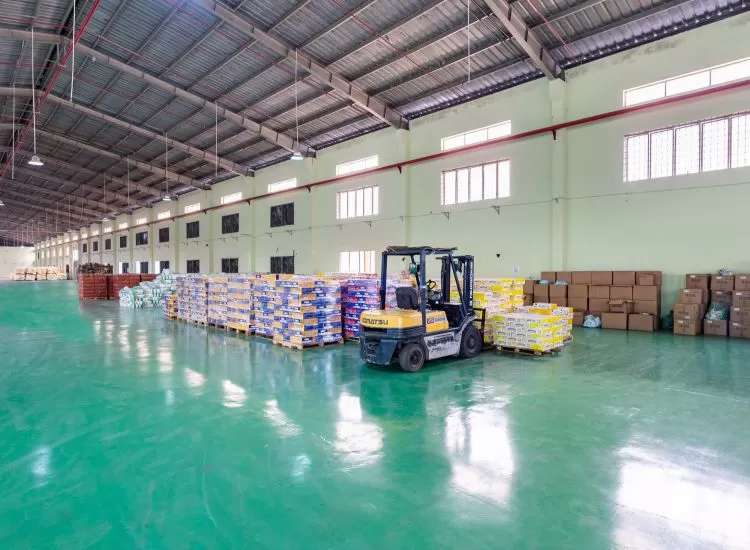


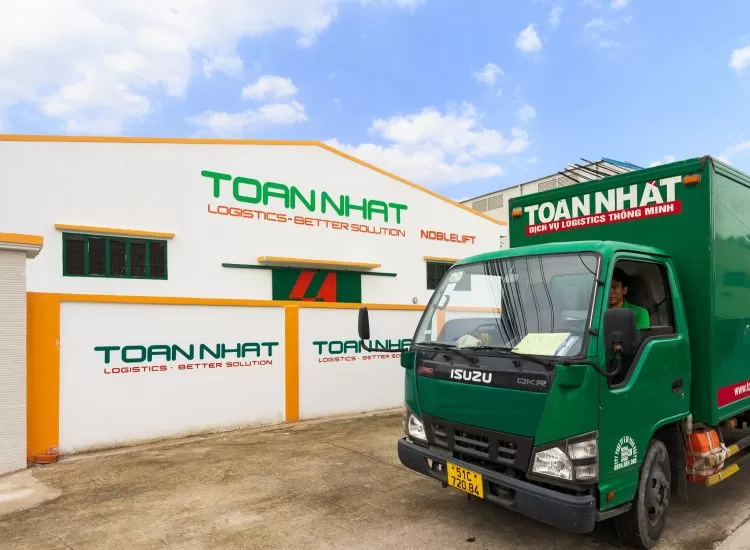
.webp)
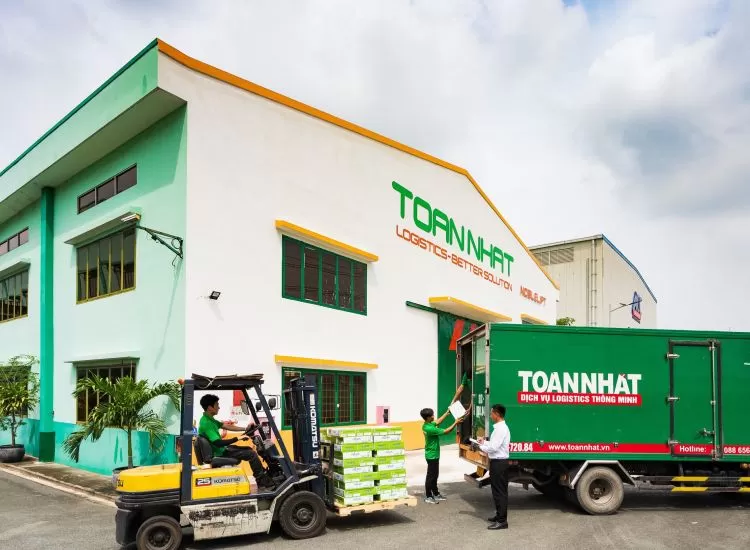
.webp)






.webp)
.webp)
.webp)
